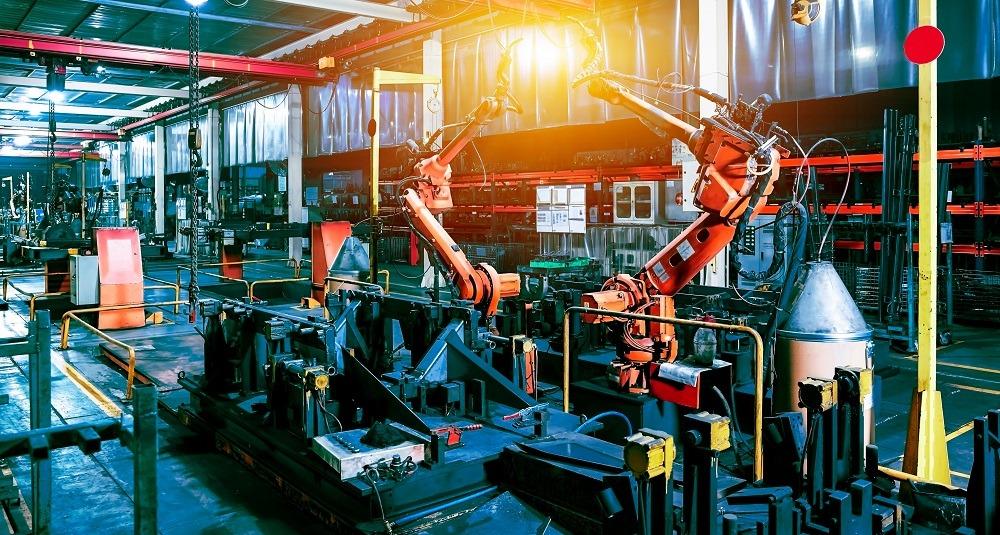Furniture Sector Struggles: Manufacturing Momentum Stalls in April's Economic Landscape

In a complex economic landscape, inventory levels are climbing even as key economic indicators show signs of contraction. Manufacturing sectors are experiencing a challenging period, with new orders, production, and export volumes all showing downward trends. The textile industry and home-related sectors are particularly feeling the pinch, struggling with declining demand and market uncertainties.
The unexpected rise in inventories suggests that businesses are facing difficulties in aligning their production with current market conditions. Manufacturers are finding themselves with excess stock while simultaneously experiencing reduced order volumes, creating a delicate balance of supply and demand. This trend points to potential economic headwinds and cautious business strategies in the current market environment.
Textile manufacturers and home-related industries are bearing the brunt of this economic slowdown, with production cutbacks and reduced consumer spending impacting their bottom line. The confluence of declining new orders and rising inventories signals a potential shift in economic dynamics, prompting businesses to reassess their production and inventory management strategies.
